If you look at Japan, the most popular sport in the country is baseball, and then depending on the poll, closely followed by the national sport sumo, and then soccer. But there is another sport that is particularly popular with spectators and fans in America, Mexico and Japan — wrestling! However, professional fighting in Japan differs somewhat from its American counterpart. So, let’s take a deeper dive into the Japanese wrestling scene.
A Brief History of Professional Wrestling in Japan
In Japanese, professional wrestling is called puroresu (プロレス), derived from the English abbreviation ProWres. At the end of the 19th century, there were initial attempts to make wrestling more popular in Japan, but these failed. It was only after WWII and with the famous wrestler Rikidozan, a Korean-born who made his debut in 1951 and was later called the “Father of Puroresu,” that the sport gained more enthusiasm. In 1953, he founded the first professional wrestling promotion based in Japan, the Japanese Wrestling Association (JWA), which also included the famous wrestlers Giant Baba and Antonio Inoki. It operated for 20 years and made pro wrestling a popular sport in Japan. After Rikidozan’s death, Giant Baba and Antonio Inoki also left the promotion and established their own, which still exist today.
In the decades that followed, puroresu held on to its success and its fan base that watched many matches live at the ring or in front of the television screens. However, with the withdrawal of Giant Baba and Antonio Inoki from official matches, the sport also lost some of its popularity.
The past decades have brought up new icons of the sport, new promotions have come and gone, and Japan’s pro wrestling scene has established itself. Major events take place every year at huge venues and there are also strong connections to foreign wrestling promotions.
Rules of Pro Wrestling in Japan
The main goal of a pro wrestling match is simple: you have to push down both of your opponent’s shoulders onto the floor of the ring mat while the referee counts to three and ends the match with naming the winner. Of course, there are further ways to win, including by the opponent giving up, being knocked out, returning to the ring too late during a count out or being disqualified. There are numerous methods to get there and matches can sometimes have different rules.
Unlike wrestling in the USA, which usually has brutal image, puroresu shows more of the fighting spirit of the wrestlers. Many come from other areas of the material arts and combine this knowledge in their fights.
In Pro Wrestling, championships and tournaments are fought for wrestling belts and titles, which the winner then has to defend in the future. To make things even more interesting, there are not only single matches where one person competes against one, but also tag matches where a group of several people fight against another group, or battles where several wrestlers compete against everyone else.
Wrestling Promotions in Japan
As mentioned above, there are now numerous wrestling promotions in Japan, some large ones, but also many small and regional ones. Here are four of the most well-known.
New Japan Pro Wrestling
New Japan Pro Wrestling (新日本プロレス Shin Nihon Puroresu) is currently considered by many to be the top promotion in Japanese pro wrestling. Founded in 1972 by Antonio Inoki, New Japan Pro Wrestling has ties to many wrestling organizations around the world. Every year on January 4, a big show takes place in the Tokyo Dome, Japan’s largest indoor stadium with space for up to 55,000 spectators. But tournaments and matches also take place throughout the year, where many international wrestlers can also be seen.
One of the icons of New Japan Pro Wrestling in recent years is Kazuchika Okada, also known by his ring name Rainmaker. He joined in 2007 at the age of 20 and won countless championship titles. However, he decided to leave Japan in early 2024 and continue his career in America. Currently, wrestlers such as Tetsuya Naito, Hiroshi Tanahashi, El Desperado, and Hiromu Takahashi are among the top Japanese wrestlers.
Female Wrestling: Stardom
While most people associate wrestling with men, this sport is of course also available for women. In Japan, it is known as joshi puroresu (女子プロレス) and the biggest promotion in Japan for this is Stardom. Stardom (スターダム) started in 2010 and is now the sister promotion of New Japan Pro Wrestling, which is why there are also crossover events between the pretty female wrestlers and the men.
The current icon of Stardom is Mayu Iwatani, who made her debut at Stardom in 2011 at the age of 18 and won numerous championship titles.
All Japan Pro Wrestling
All Japan Pro Wrestling (全日本プロレス Zen Nihon Puroresu) was founded in 1972 by Giant Baba and was the largest wrestling promotion in Japan in the mid-1970s. After his death in 1999, however, many well-known wrestlers left All Japan Pro Wrestling and the promotion lost support. Nevertheless, it remains on the market trying to bring up new ideas.
DDT Pro Wresling
DDT Pro Wrestling (DDTプロレスリング) was established in 1997 and is one of Japan’s top indie wrestling promotions because they have created a unique style of sports entertainment. There are comedic interludes during some matches and some fights with strange extra rules. DDT has even organized wrestling events in quirky locations including the Shinkansen, a temple, a zoo, and a bookstore.
Where to Watch Pro Wrestling in Japan
One of the main venues for pro wrestling in Japan is the Korakuen Hall in Tokyo. It is located right next to Tokyo Dome and since its opening in 1962, numerous material arts events have taken place. There are events almost every day, including wrestling, boxing and other martial arts. However, for many wrestling promotions in particular this place is considered as a sacred ground. Tickets for events there can mostly be bought through the usual ticket portals such as Lawson Ticket, e-plus, Ticket Pia, etc. For tourists, however, it is easiest to get tickets at the same-day ticket counter on site.
Of course, there are numerous other locations besides the Korakuen Hall and some promotions even tour throughout Japan. Special venues in Tokyo include matches at Nippon Budokan, at Ryogoku (the famous Sumo Hall) and inside the huge Tokyo Dome.
Have you caught the pro wrestling bug now? Watching a match live is a special experience — the fights, the wrestlers’ great costumes, the atmosphere among the fans. It’s something you won’t forget quickly. And maybe you’ll become a fan afterward and keep going again and again — as happened to me.


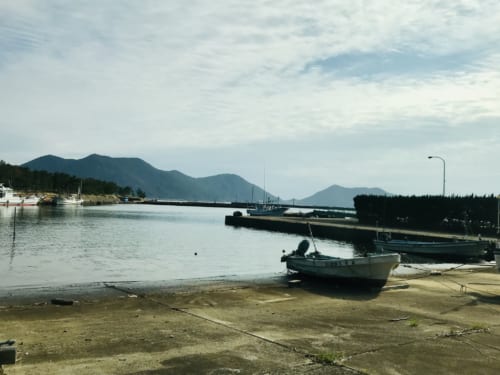
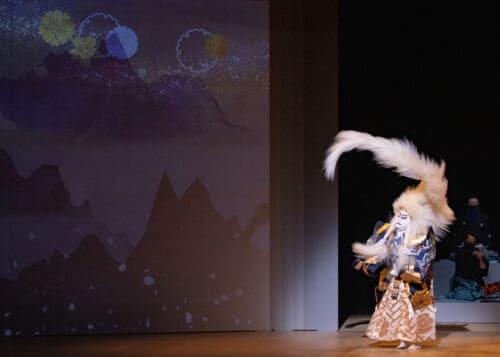
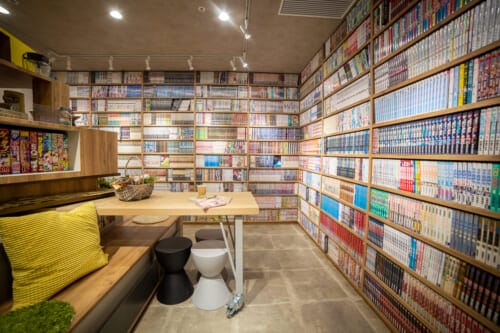
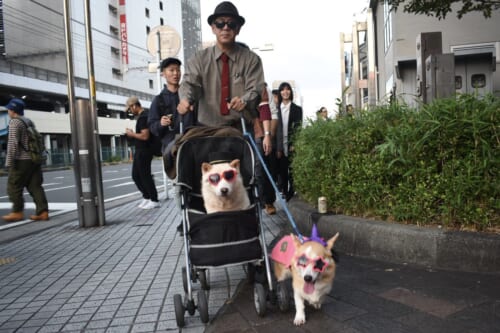

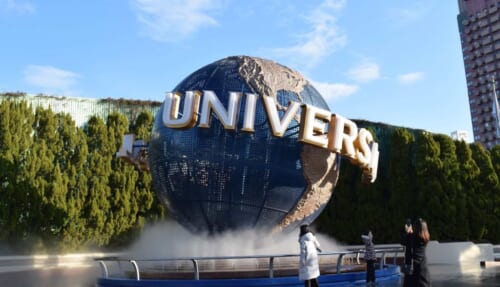
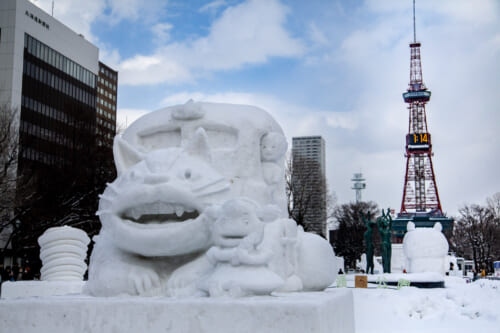


No Comments yet!